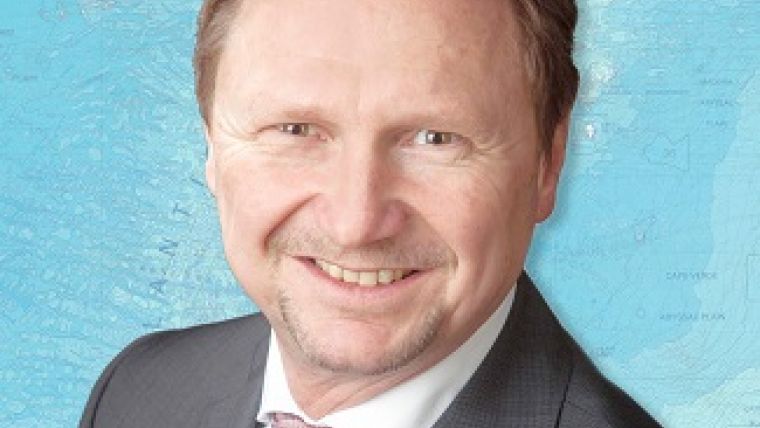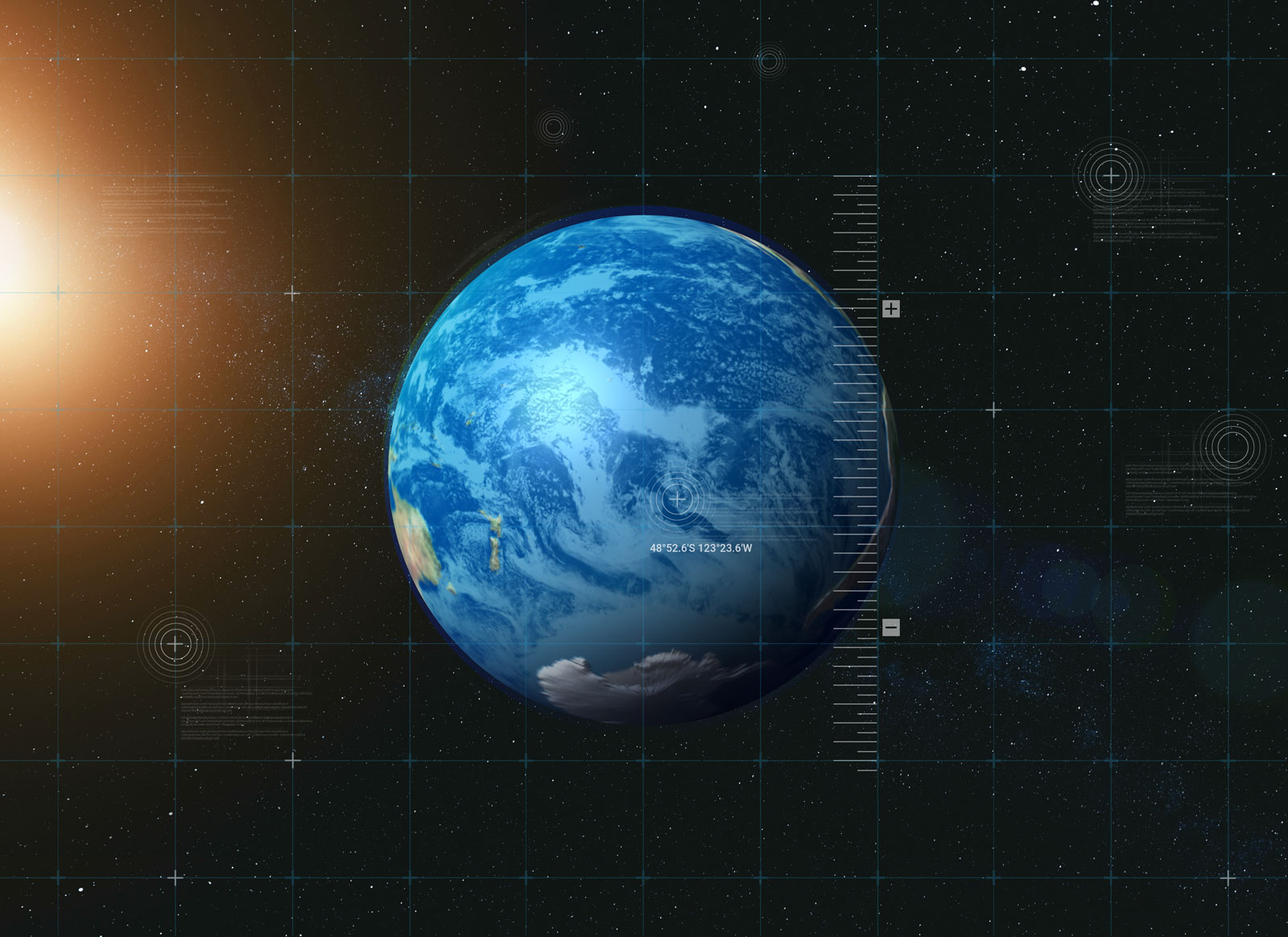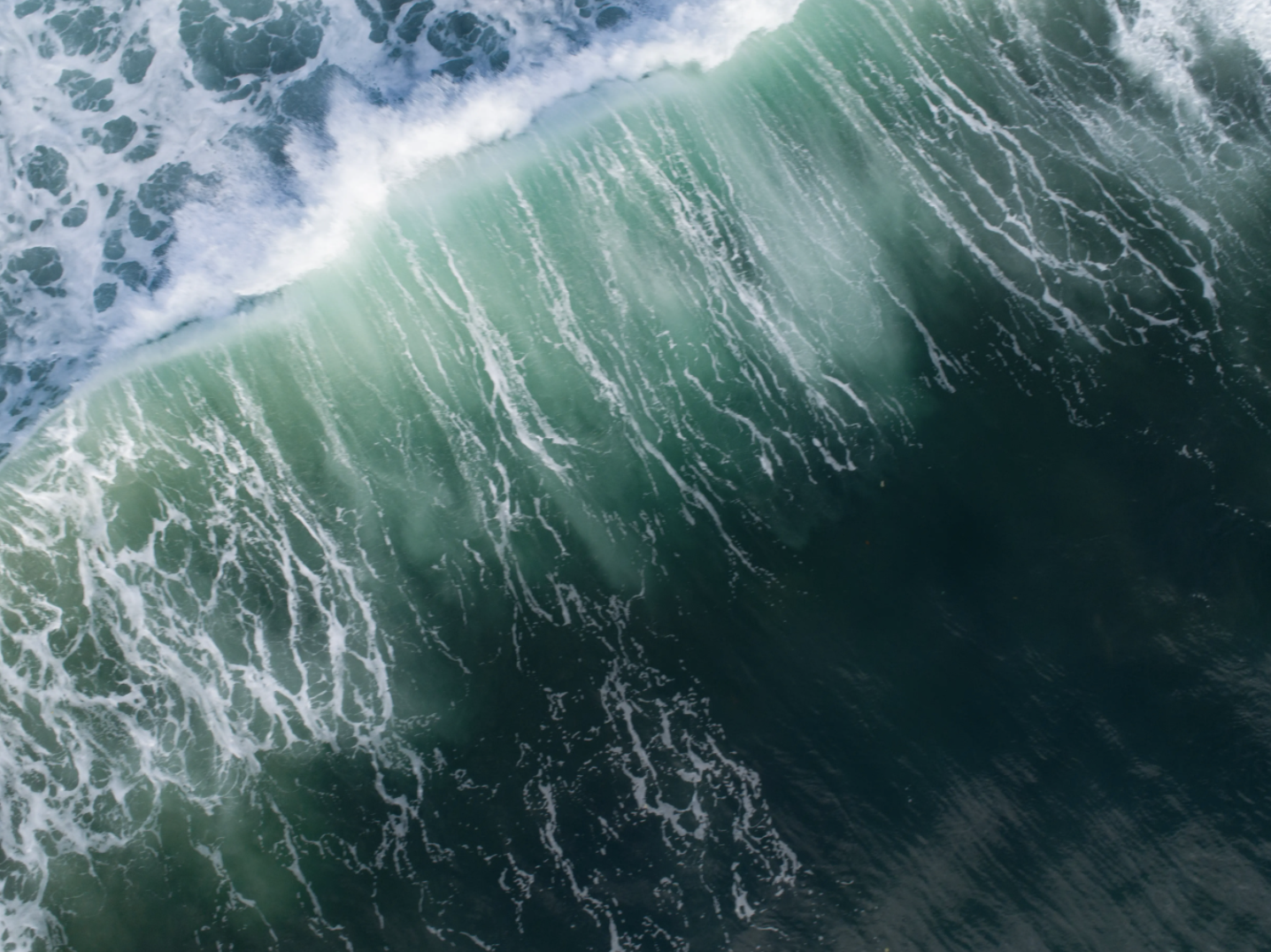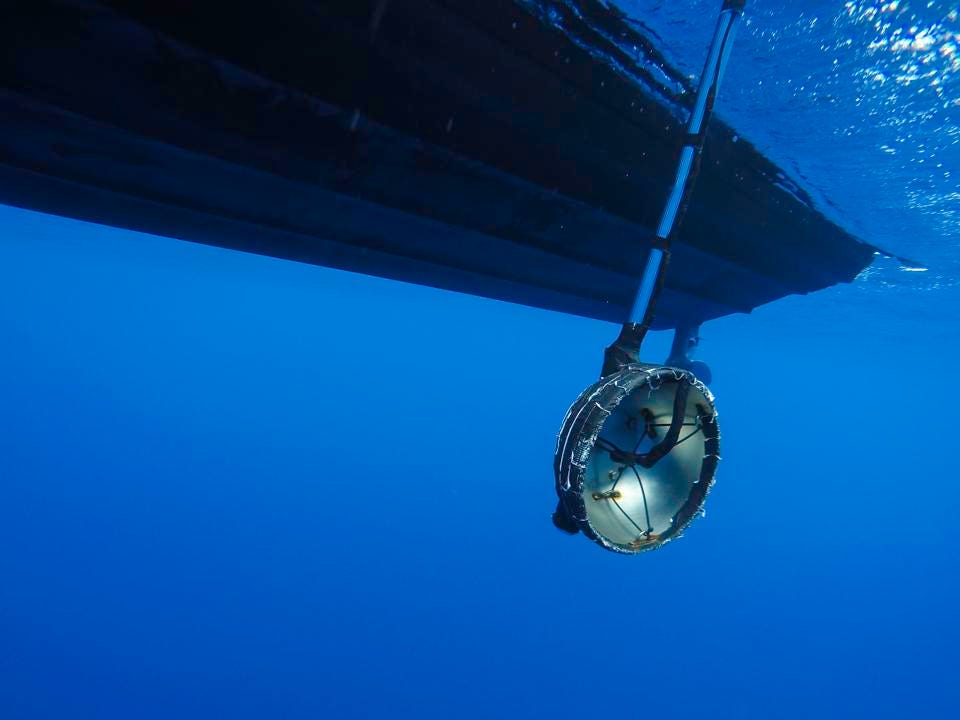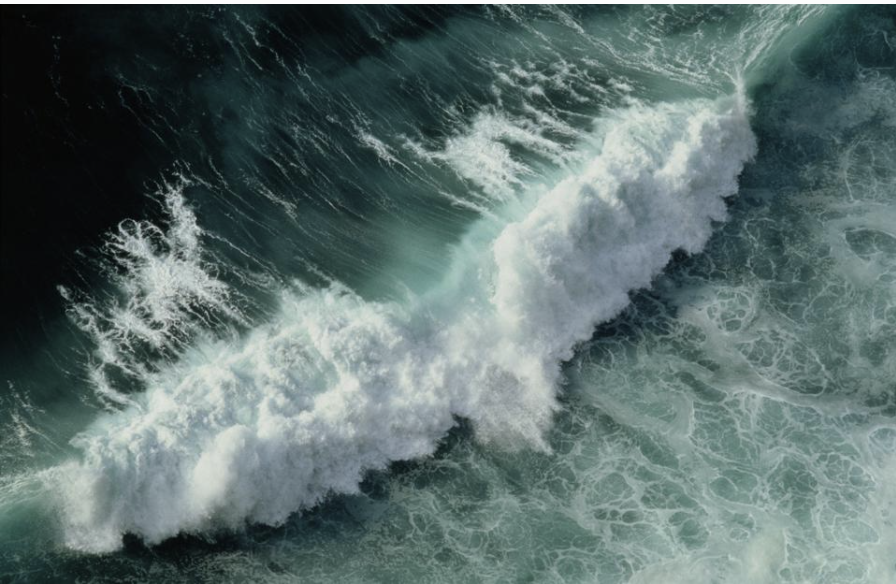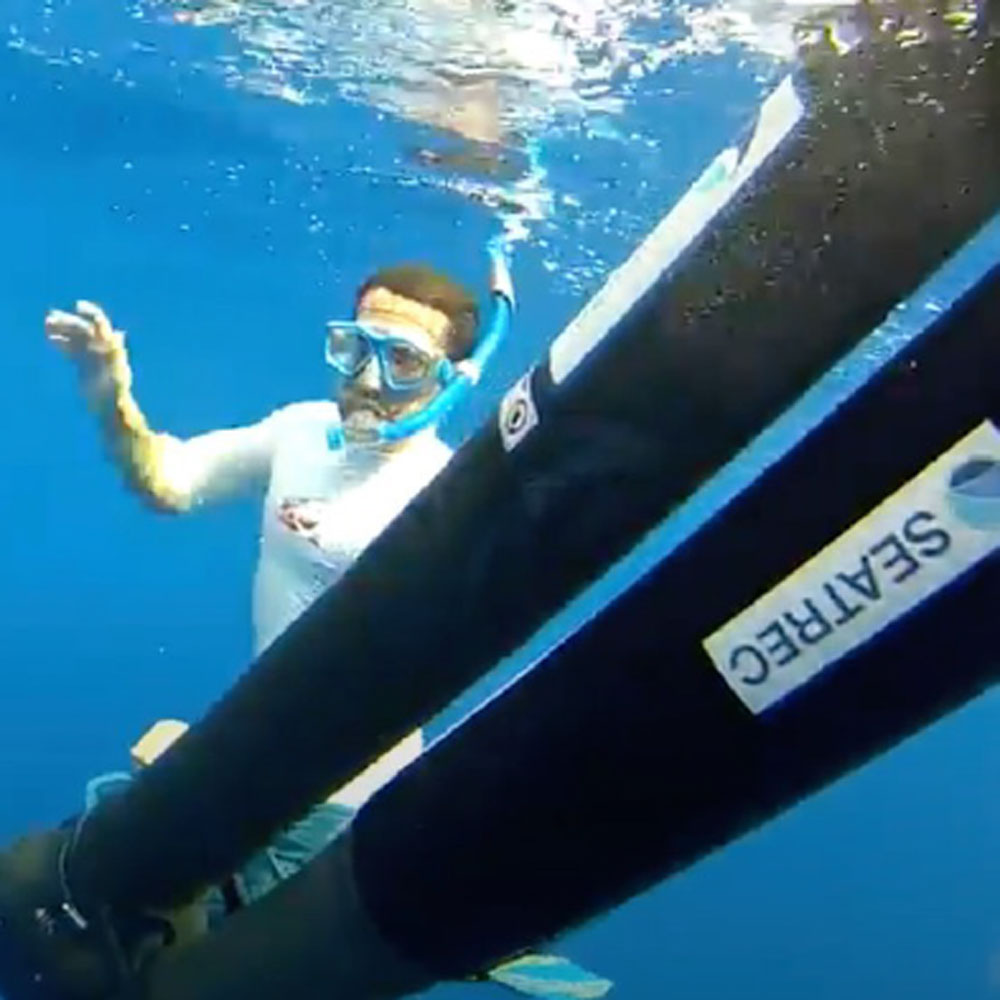Seatrec and Seabed 2030 Launch Project NEMO, the “Last Great Expedition” to Map Ocean’s Most Remote Spot
Autonomous profiling floats equipped with echosounders will map the ocean near Point Nemo – the farthest point in the ocean from land
VISTA, Calif. – WEBWIRE – Wednesday, March 23, 2022. Seatrec and The Nippon Foundation-GEBCO Seabed 2030 Project today announce Project NEMO (Novel Echosounder to Map the Ocean) via a memorandum of understanding to map the area in the ocean farthest from land near Point Nemo. The project marks one of the last great expeditions to explore the most remote and mysterious area on the planet in the spirit of efforts to chart unknown regions of the Amazon and poles during previous centuries.
“Point Nemo is particularly challenging and expensive to study and map because it’s 2,688 kilometers (1,670 miles) from the nearest land, which makes it emblematic of the difficulties that scientists face in understanding and mapping the ocean as a whole,” explains Yi Chao, Ph.D., CEO and Founder of Seatrec. “Successfully deploying technology that can accurately and inexpensively map the most remote point in the ocean will help us chart a way forward to the world’s first high-resolution map of the seafloor.”
Just over 20% of the seafloor is mapped at high-resolution leaving an area roughly equivalent to the surface of Mars uncharted. Knowledge of the ocean’s topography provides basic information for science, economy, education, management and geopolitics. Applications as diverse as climate modeling, tsunami forecasting, marine protection and management, communication cable and pipeline planning, all require reliable seafloor maps.
Seabed 2030 – a flagship program of the United Nations Decade of Ocean Science for Sustainable Development (2021-2030) – addresses that vital need through an international effort to facilitate the complete mapping of the seafloor by 2030.
“Mapping the seafloor will have a direct impact on the future of our planet, and as a result, that of humanity,” says Jamie McMichael-Philips, Seabed 2030 Project Director. “Cutting-edge technology like Project NEMO is critical to helping us achieve our goal of mapping the seafloor by 2030. ”
Experts estimate that it will cost up to $5B to map the 80% uncharted seafloor using traditional methods such as ships that burn diesel fuel and emit carbon dioxide into the atmosphere. Seatrec’s transformative technology harvests energy from the ocean temperature difference and provides a cost-effective and sustainable solution to deploy a fleet of subsea robots at a fraction of the cost of ships.
Leading Project NEMO is seafloor mapping pioneer Larry Mayer, Professor and Director of the Center for Coastal and Ocean Mapping at the University of New Hampshire.
“The clock is ticking on the international community’s unprecedented effort to map the seafloor so we can understand and protect the ocean’s resources,” emphasizes Mayer. “Next-generation ocean mapping technologies – like Seatrec’s – are vital to getting the data we need in a scalable and cost-effective way.”
About Seatrec
Seatrec designs and manufactures energy harvesting systems that generate electricity from naturally occurring temperature differences in ocean waters. This renewable energy can be used to power deep water oceanographic research equipment such as floats, gliders, and autonomous underwater vehicles, resulting in the most scalable, cost-effective deep ocean data collection possible. Incorporated in 2016 by CEO, Dr. Yi Chao, Seatrec’s technology originated at NASA Jet Propulsion Laboratory, California Institute of Technology, to provide clean power for remote off-grid locations. The company is headquartered in Vista, CA. Visit us at www.seatrec.com and @seatrecinc.
About The Nippon Foundation-GEBCO Seabed 2030 Project
Seabed 2030 is a collaborative project between The Nippon Foundation of Japan and the General Bathymetric Chart of the Oceans (GEBCO). It aims to bring together all available bathymetric data to produce the definitive map of the world ocean floor by 2030 and make it available to all. The project was launched at the United Nations (UN) Ocean Conference in June 2017 and is aligned with the UN’s Sustainable Development Goal #14 to conserve and sustainably use the oceans, seas and marine resources. For information visit: seabed2030.org.
Media contacts
Sean Yokomizo
Seatrec
sean.yokomizo@seatrec.com
+1 925.878.1200
Pegah Souri
Seabed 2030
pegah@raittorr.co.uk
+44 (0)7951 581707
###
Morning Brew: Seatrec’s Self-Replenishing Batteries Could Make Ocean Research Cheaper
https://www.morningbrew.com/emerging-tech/stories/2022/03/14/seatrec-s-self-replenishing-batteries-could-make-ocean-research-cheaper

